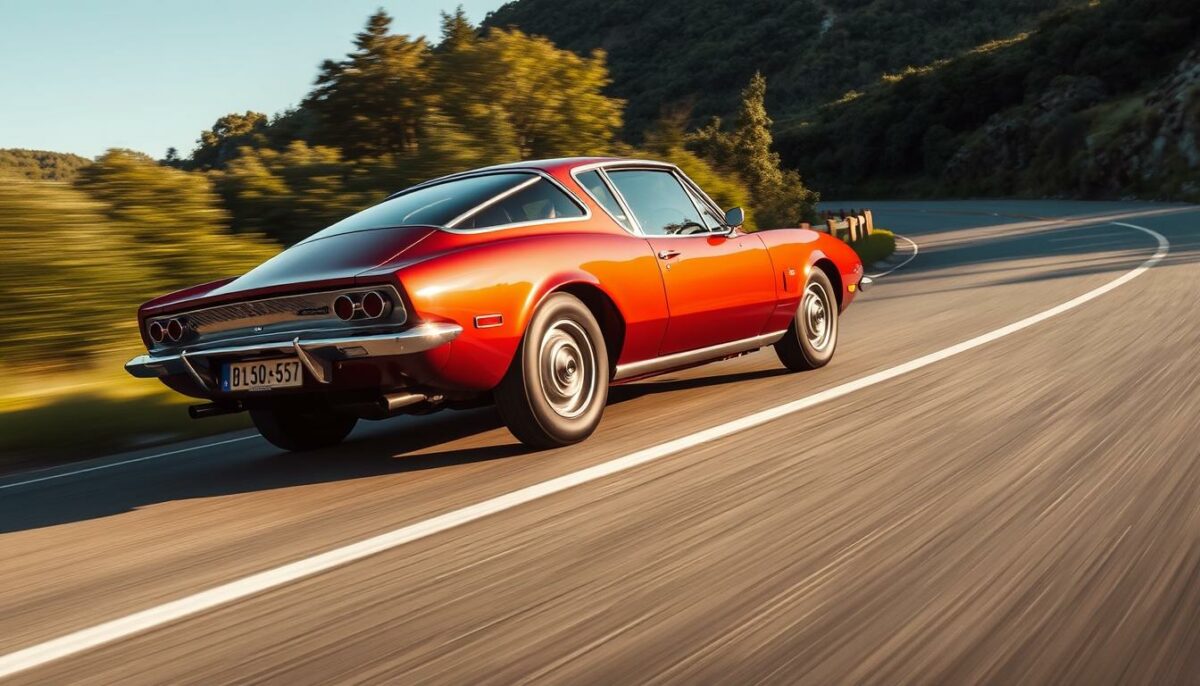Studebaker’s journey began as the Studebaker Brothers Manufacturing Company, growing into a powerhouse that spanned 114 years of technological advancement. Known for their iconic Conestoga covered wagons, the company played a crucial role in shaping America’s frontier.
By the 1920s, Studebaker had become the world’s largest manufacturer of wheeled vehicles, a testament to its commitment to craftsmanship and innovation. Among its highlights of this golden era was the 1927 Erskine, a vehicle emblematic of Studebaker’s leadership in the automotive industry.

Raymond Loewy’s Bold Designs
In the post-World War II period, Studebaker once again set itself apart with visionary designs. Industrial designer Raymond Loewy introduced the bold “bullet nose” style, making Studebaker vehicles instantly recognizable. This innovative approach became a hallmark of the company’s brand identity.
Expanding the Lineup
By the mid-1950s, Studebaker offered a diverse range of vehicles, from the luxury President Classic to the sporty and powerful Golden Hawk, demonstrating the company’s ability to cater to a wide array of drivers.
The Birth of the Avanti
In 1961, Studebaker president Sherwood Egbert enlisted Raymond Loewy once again—this time to create a groundbreaking sports car. The result was the 1962 Studebaker Avanti, a revolutionary design that remains one of the most unique and celebrated vehicles of the 20th century.
A Lasting Impression
From covered wagons to futuristic sports cars, Studebaker’s history reflects a legacy of innovation, resilience, and visionary design, securing its place as a pioneer in the evolution of transportation.
